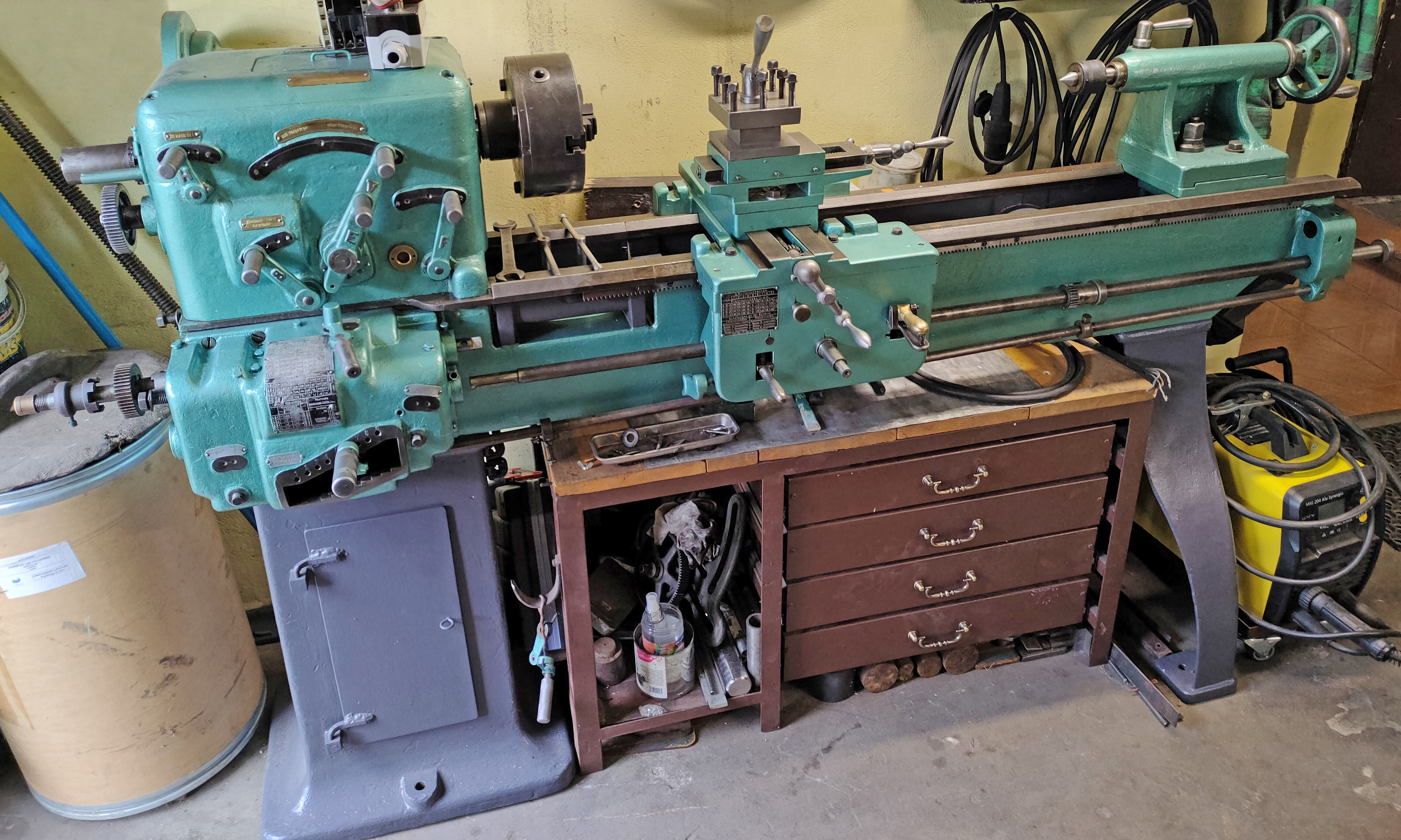|
Home Machine Tool Archive Machine-tools Sale & Wanted |
|
John E. Whitcomb and George F. Ballou were both machinists at the American Watch Co., but left in 1872 to form their own watch-lathe manufacturing company, Ballou & Whitcombe, in Boston. However, the venture lasted only two year for, in 1874, George Ballou left to start another venture and John Whitcombe and Henry R. Fisher moved the business - to the then centre of American watch and clock making - Waltham, in Massachusetts where they traded as J.E.Whitcombe & Co. |
||





|
Home Machine Tool Archive Machine-tools Sale & Wanted |
|
In 1872 John E. Whitcomb and George F. Ballou left American Watch Co., where they had worked as machinists, to start a lathe manufacturing company in Boston. In 1874 George Ballou left that company for another venture, and John E. Whitcomb and Henry N. Fisher moved the business to Waltham, Massachusetts, and continued manufacturing lathes under the name J. E. Whitcomb and Company. The Whitcomb lathe received high praise for its use of a hardened steel spindle and hardened steel bearings. In 1876 Ambrose Webster (Figure l) resigned from the American Watch Co. and joined John E. Whitcomb (Figure 2) to form the American Watch Tool Company. Ambrose Webster had apprenticed as a machinist at the Springfield, Massachusetts, government arsenal. In 1857 he was hired by the American Watch Co. as its first trained machinist and became an assistant general superintendent.1 |
||